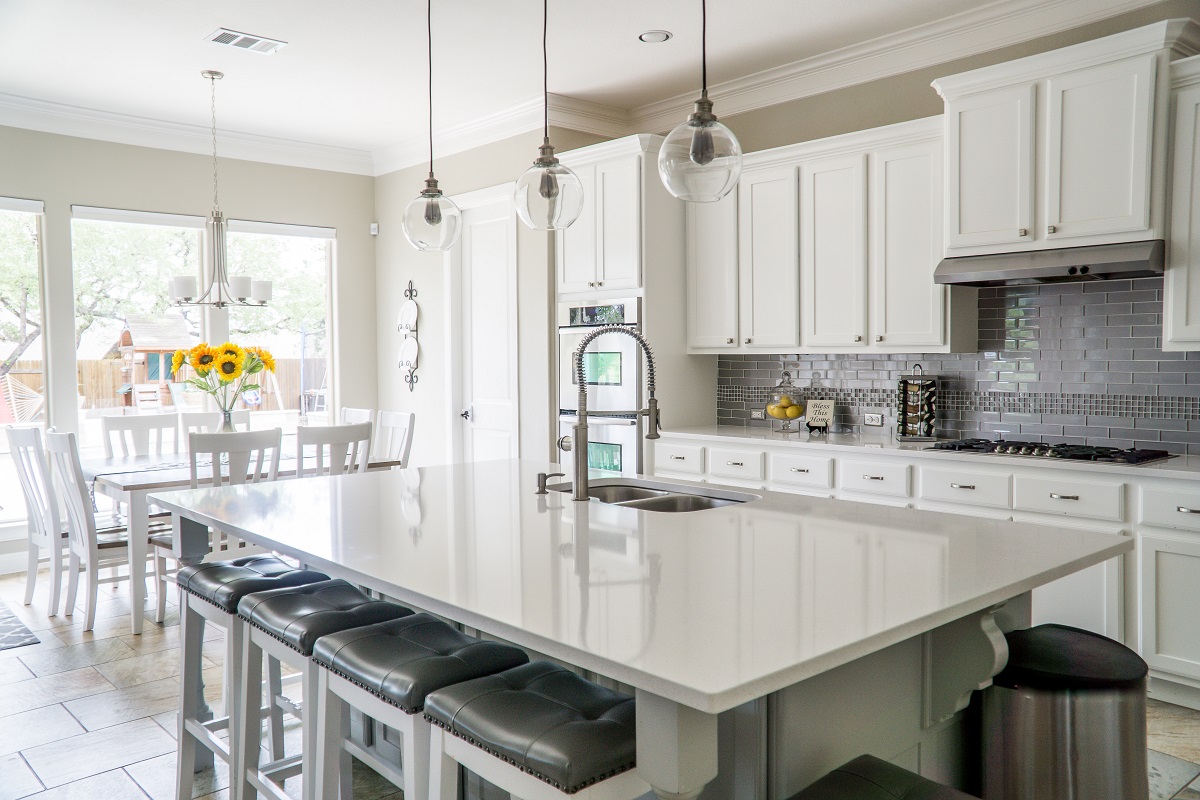The home is a safe space, a place to rest, spend time with loved ones, and serve as a refuge against the harsh realities outside. However, it can also be where many health and safety hazards lie, sometimes right under our very nose without us even noticing.
There are many potential dangers inside a home, and there are unique ones in each room. Learn the common health and safety hazards found in each room to help you be aware and ultimately avoid them.
The exteriors
The exteriors of your home may be prim and polished, but there may still be hazards that go unnoticed, such as:
- Uneven sidewalks and pathways can cause people to trip and fall, potentially leading to injury. If it’s a guest or a service person who gets injured on your property, you may be held liable for their injuries.
- Broken porches, decks. Similar to uneven sidewalks, damaged porches, decks, and other outdoor extensions can make people trip or fall. Before that happens, get a porch repair service to fix your porch ASAP.
- Poor lighting. Adequate lighting is not only essential for deterring criminals, but it is also crucial for avoiding accidents outside at night.
- Hanging gutters. Gutters that are hanging from the roof should be repaired as soon as possible. If they detach, they may cause further damage to the home or worse, fall on a person or pet.
The kitchen

The kitchen is often the busiest part of the home, and thus, it is also the place where many accidents happen and health hazards occur. Here are some of the most common ones.
- Bacteria. The kitchen is the most ideal breeding place for bacteria, right next to the bathroom. With all the food, moisture, and dirt that’s present in the kitchen, it’s no wonder why bacteria like E. coli, salmonella, campylobacter, and norovirus are common in this room.
- Cuts and scrapes. These are sometimes inevitable accidents while cooking, but you can minimize the risk by regularly sharpening knives and always using a cutting board.
- Fires. The majority of house fires start from the kitchen. Common causes of kitchen fires include a forgotten stove, a flammable item left near the heat source, faulty kitchen equipment, and grease fires. To reduce the risk of kitchen fires, always be alert while cooking, replace smoke detector batteries regularly, and keep the surrounding area the stove clear from combustibles or flammable.
- Burns. Along with cuts and scrapes, burns are common accidents in cooking that almost everyone experiences. The most common cause of burns is accidentally touching a hot piece of equipment. Another is coming in contact with boiling water or hot steam.
- Slippery floors. Spilled oils, water, sauces, and other liquids can lead to a slip and fall accident, potentially causing injury.
The bathroom
The hazards present in a bathroom are quite similar to the ones in the kitchen, but there are also some differences that set them apart.
- Slippery floors. The bathroom is the most common place in the house for slip and fall accidents, and with the frequency of which the floors are wet, this comes as no surprise. However, water is not the only cause for slippery floors in the bathroom. Spilled lotions, soaps, shampoos, and other hygiene items in the bathroom can make the floors even more slippery than water.
- Bacteria. The bathroom is where we wash and relieve ourselves, meaning all the bodily fluids and fecal matter are present in it. This includes sweat, urine, oils, mucus, fecal matter, and all the dirt and dead skin cells that we bring into the room.
- Medication. Medicines and prescription drugs serve as a hazard to households with young children who might consume them. For this reason, keeping medications out of reach of children is a crucial step in baby-proofing the house.
- Cleaning products. Given the number of germs in the bathroom, it makes sense that the strongest household cleaning products are used in this room. However, most of these products contain chemicals that may be harmful to your health. Some of these harmful chemicals include sodium hypochlorite, hydrochloric acid, and phenol, among many others.
The laundry room
The laundry room has one of the most common dangers in the house: the dryer. When the dryer is full of lint, the risk of fire increases as lint is a very flammable material. That said, it is extremely important to clean out the lint from the dryer regularly, especially with frequent use.
Our houses have lots of health and safety hazards, some visible and some hidden. To avoid needlessly putting yourself and your family in danger, know what the most common hazards are and learn how you can minimize them in your own home.